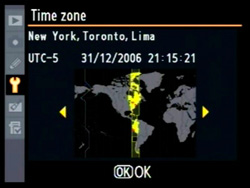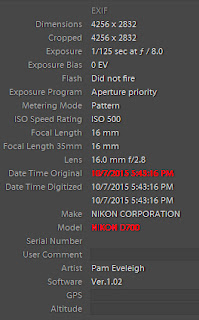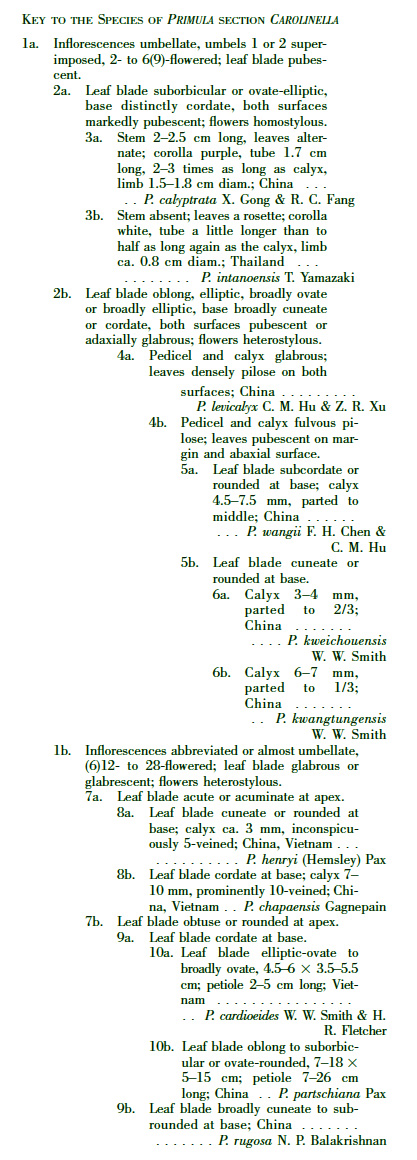Getting to this area isn't easy, and it is limited to people willing to go beyond road-side botanizing. However there is a Plant Hunting Expedition run by Whistling Arrow going here in 2017*. Simon Crutchley from Royal Botanic Garden Edinburgh will be along as the botanical consultant. If you are in need of an adventure, check it out.
What Primulas grow there?
Starting at the Mekong river valley is the town of Cizhong, home to a Catholic church built under the supervision of Father Theodore Monbeig, and completed in 1911. This replaced a previous church which was located 3kms south at the village of Cigu ( 28° 0'21.07"N 98°53'51.59"E) that was destroyed in 1905. Overlooking Cigu is Thrana "the black nose", an outcrop of rock which is the type location for Primula monbeigii, now considered a synonym of Primula henrici, a woody cushion species with bright rose flowers. No images exist of this species in the wild.
 |
| Thrana, above Cigu, location for Primula monbeigii |
Moving further west, past the town of Bingzhongluo ( 28° 0'57.97"N 98°37'23.26"E) located on the Salween river, rises Mount Kenyichunpo (approx. 5000m). Joseph Rock in 1926 explored its slopes and more recently in 2006 the southern slopes were explored by the Gaoligong Shan Biodiversity Survey around Chukuai lake.
 |
| Primula agleniana |
 |
| Primula dryadifolia |
Other species that may be seen are the stunning red bells of Primula valentiniana, the dainty yellow Primula prenantha, and Primula lihengiana, a species recently described in 2009. With this area being little botanized there exists the possibility of seeing other exciting species and even new ones!
* For information purposes only, I am not affiliated with this company.


















































